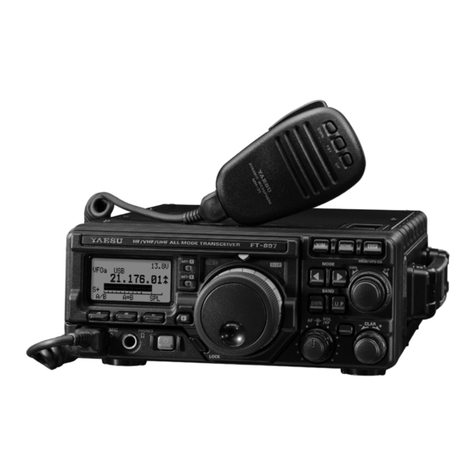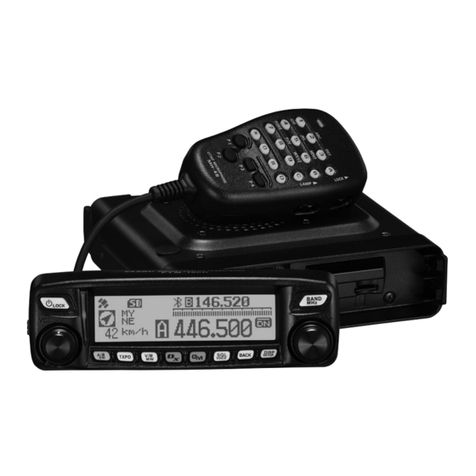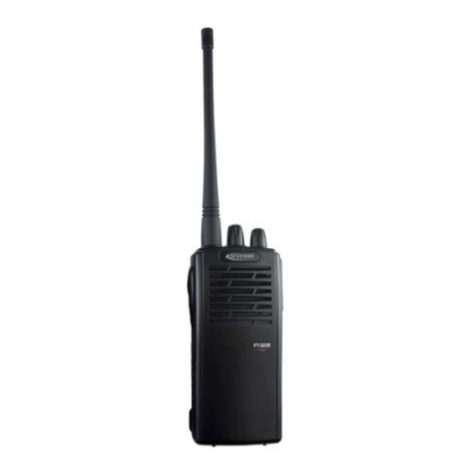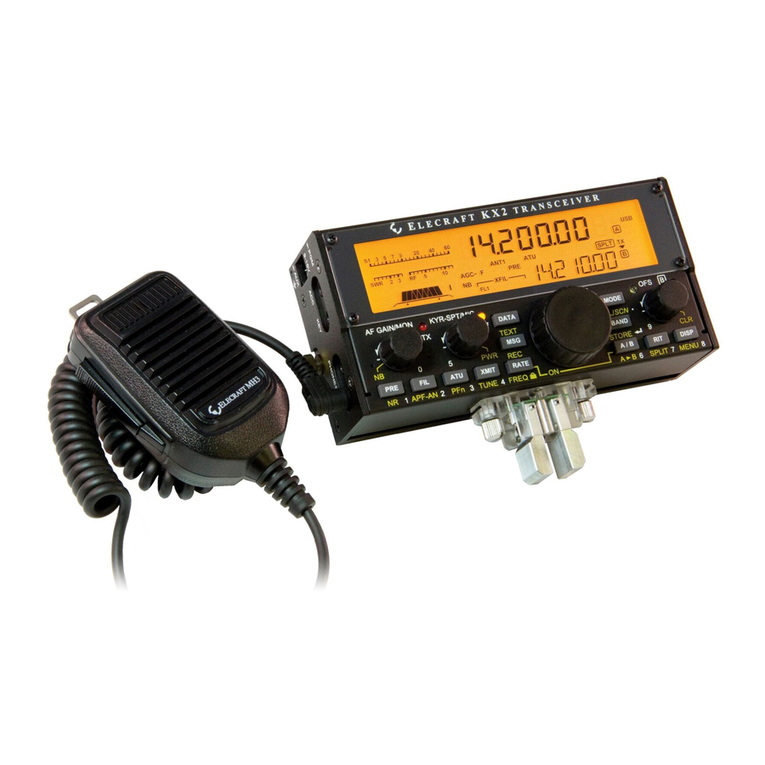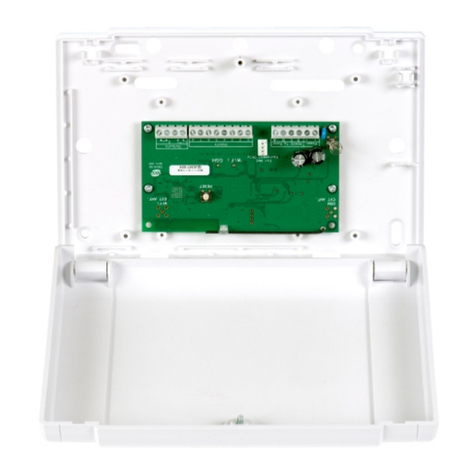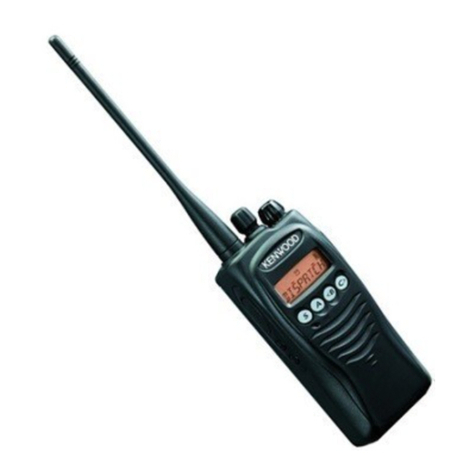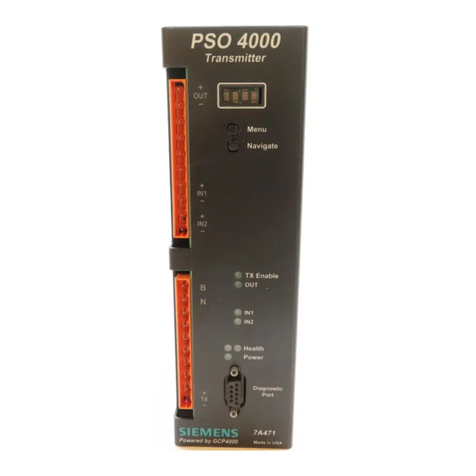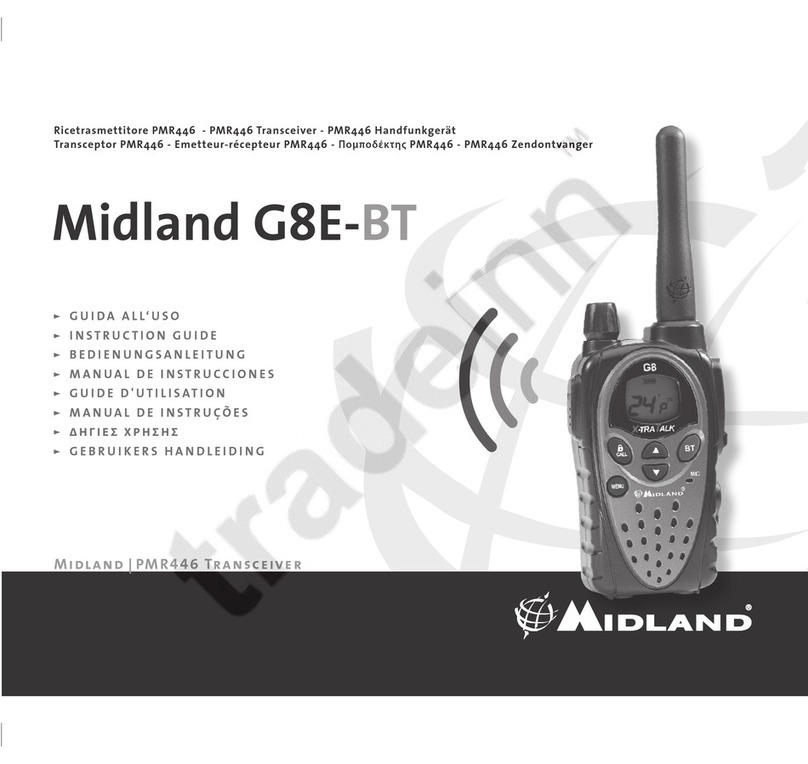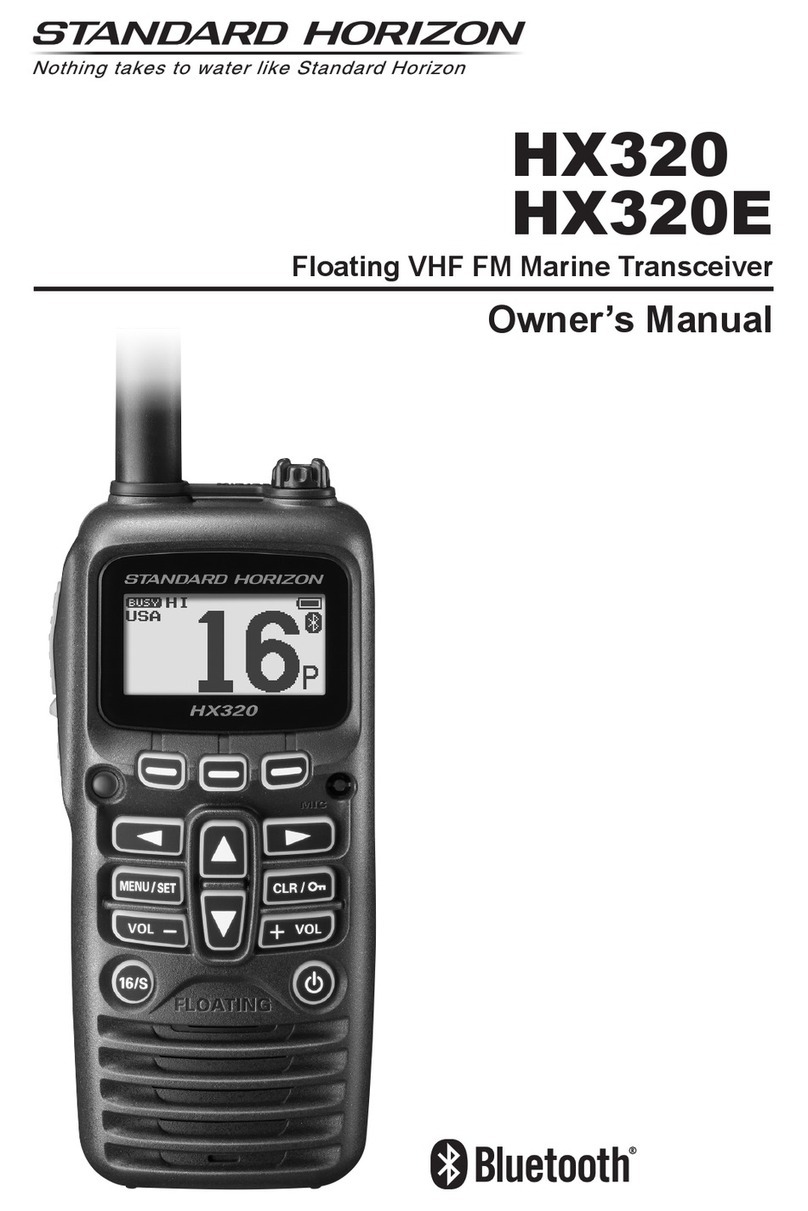Yaesu FV-901DM User manual
Other Yaesu Transceiver manuals
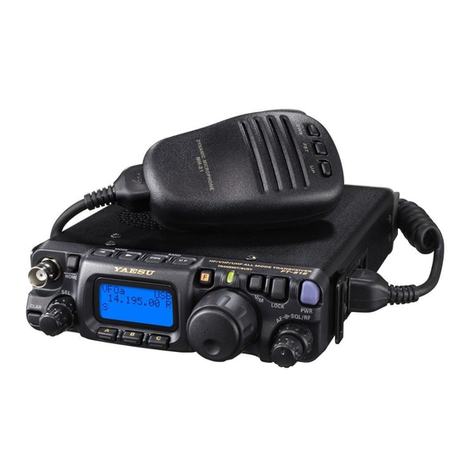
Yaesu
Yaesu FT-818ND User manual

Yaesu
Yaesu FTM-300DR User manual

Yaesu
Yaesu FT-767GX User manual

Yaesu
Yaesu FT-902DM User manual

Yaesu
Yaesu FT-2700RH User manual

Yaesu
Yaesu FTM-500DR User manual

Yaesu
Yaesu FT-411 MKII Manual

Yaesu
Yaesu FT-65R User manual
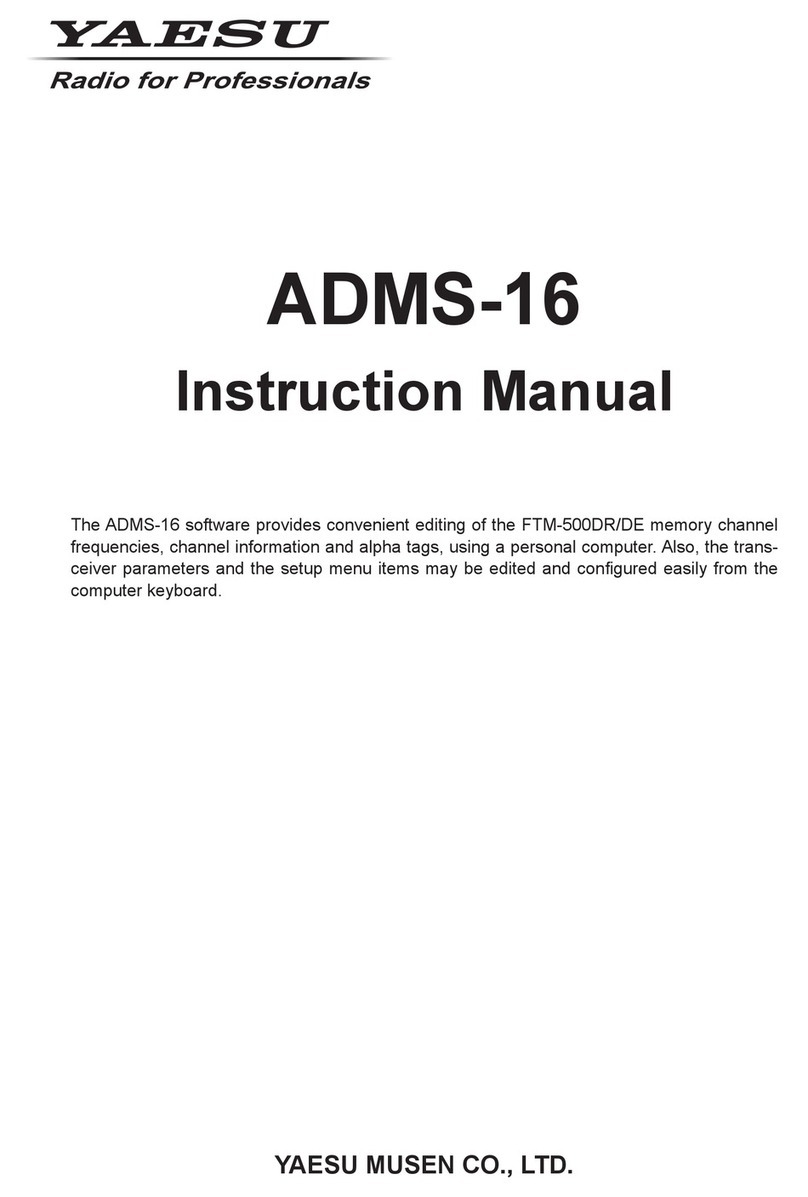
Yaesu
Yaesu ADMS-16 User manual

Yaesu
Yaesu FT-600 User manual

Yaesu
Yaesu FT-2500M Manual

Yaesu
Yaesu FT DX 1200 User manual
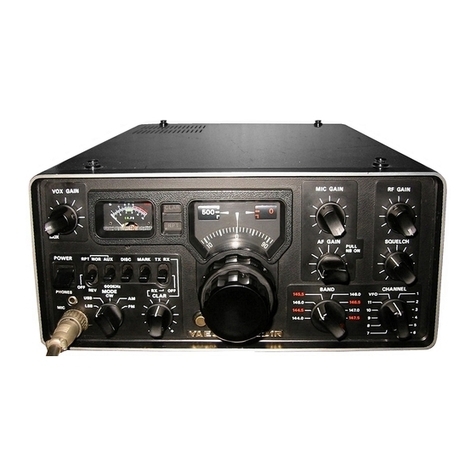
Yaesu
Yaesu FT-221R User manual

Yaesu
Yaesu FT-5100 User manual

Yaesu
Yaesu FT-1802M User manual
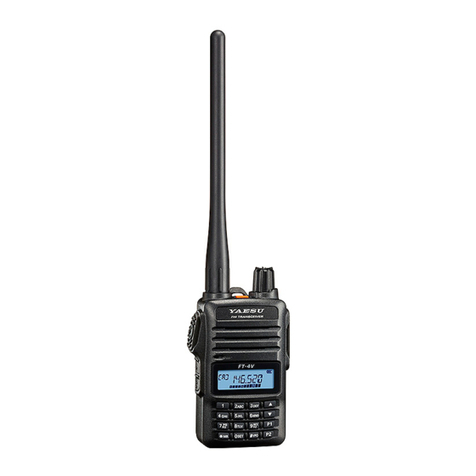
Yaesu
Yaesu FT-4VR User manual
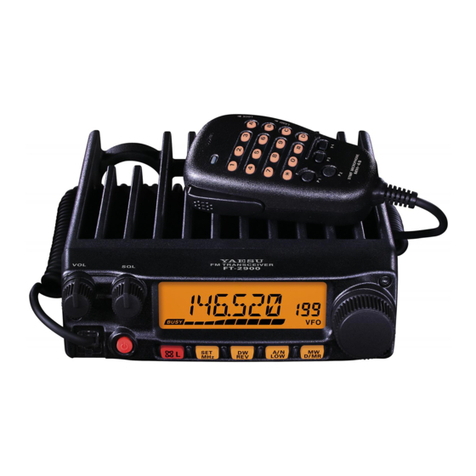
Yaesu
Yaesu FT-2900R User manual
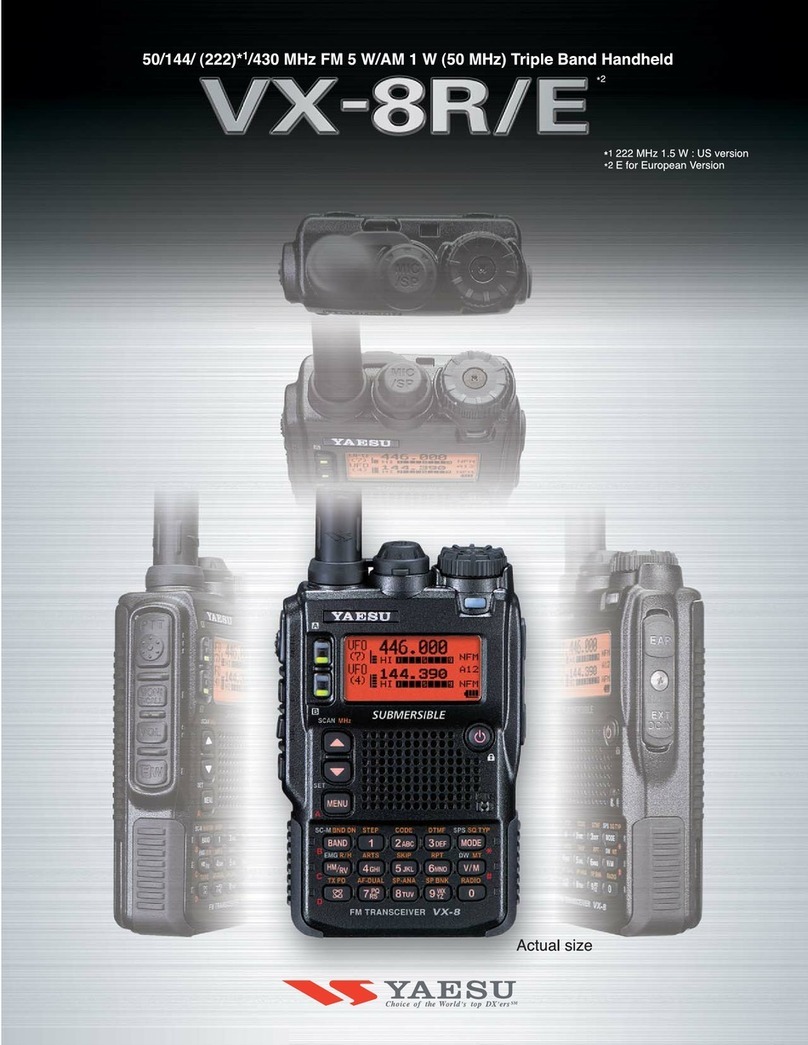
Yaesu
Yaesu VX-8R User manual

Yaesu
Yaesu FT-847 User manual

Yaesu
Yaesu Mark-V FT-1000MP User manual
